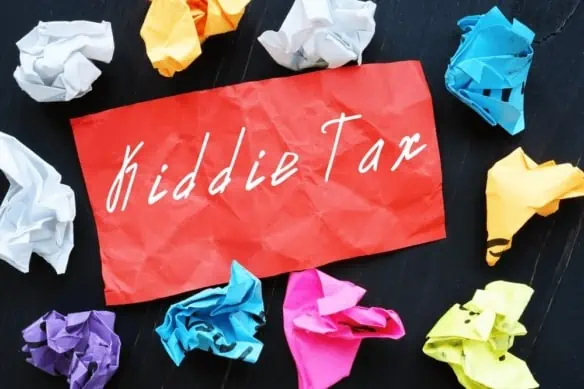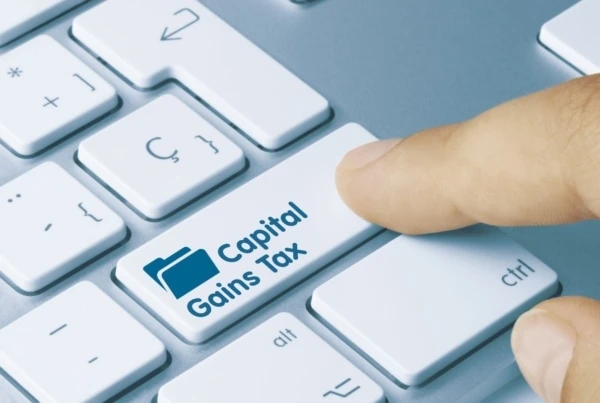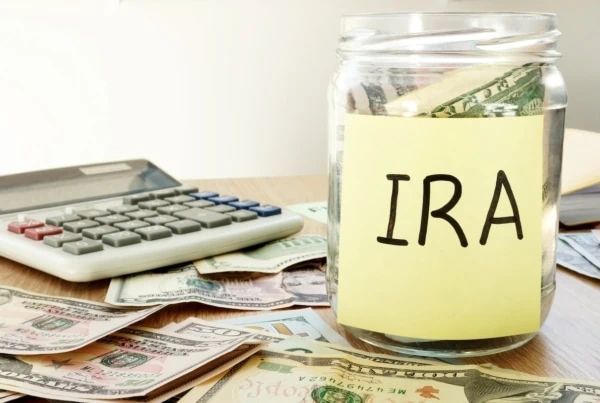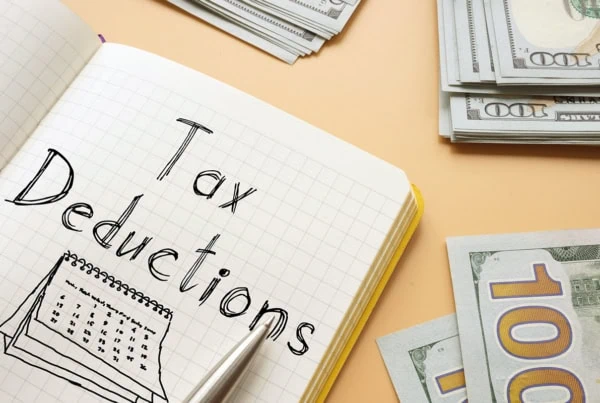It’s great to see college students, teenagers, and even younger children learn how to invest their money. Acquiring that knowledge at a young age lays the foundation for a lifetime of financial security.
But whenever money comes in, Uncle Sam wants his cut, too. So, while it’s important for young people to know how to grow their money, it’s equally important to understand how their investment earnings are going to be taxed.
Which brings us to the “kiddie tax.”
If a child with unearned income has to file a tax return, this quirk in the tax law can have a significant impact on his or her overall tax liability. How? By increasing the child’s tax rate on unearned income over a certain amount.
So, for all the young investors out there, here’s a rundown of the kiddie tax rules. I’ll explain what the kiddie tax is, who has to pay it, and how much it will cost you. There’s also an alternative option for parents who want to report their child’s income on their own tax return. Read on as I shine a light on the kiddie tax and a few related tax law provisions for a new generation of investors.
Featured Financial Products
Related: Best Investing Apps for Teens Under 18
What Is the Kiddie Tax?

The kiddie tax was added to the U.S. tax code by the Tax Reform Act of 1986 to close a loophole for wealthier parents. Before this special rule, parents were putting investments in their child’s name (e.g., in custodial accounts) and having all earnings from those investments taxed at the child’s federal income tax rate, which is typically lower than the parent’s tax rate. The kiddie tax prevents parents from taking full advantage of this strategy by imposing the parent’s tax rate on a portion of the child’s unearned income.
For 2025 tax year returns (which are due April 15, 2026, for most people), the kiddie tax kicks in if a child’s unearned income exceeds $2,600. As a result, if the kiddie tax applies for 2025, the child’s unearned income is taxed as follows:
- $0 through $1,350 of unearned income is tax-free
- $1,351 through $2,700 is taxed at the child’s rate
- Over $2,700 is taxed at the parents’ rate (kiddie tax)
Related: 11 Education Tax Credits and Deductions
Child’s Unearned Income Subject to the Kiddie Tax
The kiddie tax applies only to unearned income, which generally includes all of a child’s income other than salaries, wages, and other amounts received as pay for work actually performed (i.e., earned income). The unearned income must also be included in the child’s gross income.
Thus, among other things, the kiddie tax applies to a child’s:
- Taxable interest
- Dividend income
- Capital gains (including capital gain distributions)
- Taxable scholarship and fellowship grants not reported on Form W-2
- Unemployment compensation
- Taxable Social Security benefits
- Income (other than earned income) received as the beneficiary of a trust
Investment income stemming from assets obtained with earned income—such as interest on wages deposited into a savings account—is considered unearned income, too. A child’s unearned income also includes income generated from property given to the child as a gift (including gifts made under the Uniform Transfers to Minors Act).
Related: Direct-Indexing: How to Index In a Tax-Smart Way
Who Is Subject to the Kiddie Tax?

Not all children who have unearned income are subject to the kiddie tax. The special rule only applies if all the following are true:
- The child had unearned income exceeding the annual threshold amount ($2,700 for the 2025 tax year).
- The child is required to file a tax return.
- The child satisfies the kiddie tax age requirements (discussed later).
- At least one of the child’s parents was alive at the end of the tax year.
- The child doesn’t file a joint tax return.
The kiddie tax rules also apply to legally adopted children and stepchildren. They also apply whether or not the child is a dependent.
Kiddie Tax Age Requirements
As noted earlier, only children of a certain age are subject to the kiddie tax. For the kiddie tax rules to apply, the child must either be:
- 17 years old or younger at the end of the tax year
- 18 years old at the end of the tax year and didn’t have earned income that was more than half of his or her support
- A full-time student 19 to 23 years old at the end of the tax year and didn’t have earned income that was more than half of his or her support
There are also some special rules for children born on Jan. 1, as shown in the following table:
| Age for Kiddie Tax Purposes | Child’s Birthday for 2024 Tax Returns | Child’s Birthday for 2025 Tax Returns |
|---|---|---|
| 18 | Jan. 1, 2007 | Jan. 1, 2008 |
| 19 | Jan. 1, 2006 | Jan. 1, 2007 |
| 24 | Jan. 1, 2001 | Jan. 1, 2002 |
In addition, when calculating a child’s support, all amounts spent for food, lodging, clothing, education, medical and dental care, recreation, transportation, and similar necessities are included. If a child receives a scholarship, that money isn’t treated as support for full-time students.
Furthermore, a child is considered a full-time student if they’re enrolled for the number of hours or courses the school considers to be full-time attendance.
Related: Student Loan Interest Deduction When Parents Make Payments
How to Calculate the Kiddie Tax
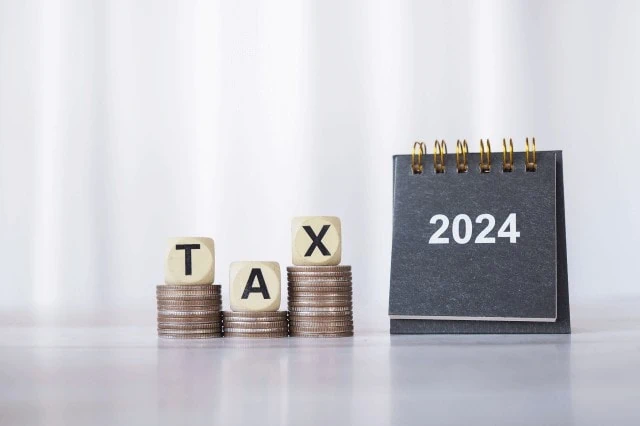
If a child’s unearned income qualifies for kiddie tax treatment, use Form 8615 to determine the tax due on the child’s taxable income, which includes both earned and unearned income. As you work through the form, the child’s unearned income is separated from earned income and taxed in three different ways.
- For the 2025 tax year, the first $1,350 of unearned income is tax-free. That’s because it’s subject to the maximum standard deduction for dependent children with no earned income, which is $1,350 for 2025. (A child’s standard deduction can be higher if he or she has earned income—up to the child’s earned income for the year plus $450 for 2025, but not more than the regular standard deduction amount for his or her filing status.)
- The next $1,350 of unearned income in 2025 is taxed at the child’s own marginal tax rate. This represents the amount of unearned income below the $2,700 threshold that isn’t tax free.
- The remaining unearned income (i.e., above the $2,700 threshold for 2025) is taxed at the parents’ marginal tax rate.
Make sure Form 8615 is attached to the child’s return (it doesn’t need to be sent with the parents’ return).
Example
Sloan, who is 16 years old and claimed as a dependent on her parents’ joint tax return, has the following income in 2025:
- $100 of taxable interest from a savings account
- $5,400 of dividend income from an investment account set up by her parents
- $2,500 of capital gain distributions from an investment account set up by her grandparents
- $7,000 in wages from an after-school job and a summer job
Once all her unearned income ($8,000) and earned income ($7,000) is combined, and her standard deduction ($7,450) is subtracted, Sloan reports $7,550 of taxable income on her own tax return. Her parents report $200,000 of taxable income on their joint return.
The first $1,350 of her unearned income is tax-free ($0 tax), while the next $1,350 is taxed at the 10% rate ($135 tax), which is the rate applicable to a single filer with taxable income of $11,925 or less. The remaining $4,850 of unearned income is taxed at the parents’ tax rate of 24% ($1,164 tax). That’s a total of $1,299 of tax on Sloan’s unearned income ($135 + $1,164 = $1,426).
If all of Sloan’s $8,000 of unearned income had been taxed at her 10% rate, the total tax on that amount would only be $800. That’s $499 less than the tax owed under the kiddie tax rules.
Featured Financial Products
Related: Is Summer Camp Tax Deductible?
Which Parent’s Tax Return to Use
If the child’s parents are married and file a joint tax return, simply pull the parents’ information from the joint return when working through the kiddie tax calculations on Form 8615. However, special rules apply if the parents aren’t married or don’t file jointly.
Married parents filing separate tax returns
If the child’s parents are married to each other, but file separate returns, use the return of the parent with the greater taxable income. However, if the parents don’t live together, and the parent with whom the child lives (i.e., the custodial parent) is considered “unmarried” for purposes of claiming the head-of-household filing status, the custodial parent’s return should be used.
Divorced or separated parents
If the parents are divorced or legally separated, use the custodial parent’s return if that parent hasn’t remarried. If that parent has remarried, the stepparent is considered the child’s other parent for kiddie tax purposes. As a result, if the custodial parent and the stepparent file a joint return, use that return. If the custodial parent and the stepparent file separate returns, use the return of the one with the greater taxable income.
Parents were never married
If a child’s parents have never been married to each other, but lived together all year, use the return of the parent with the greater taxable income. If the parents didn’t live together all year, the rules for divorced parents apply.
Related: Best Free Debit Cards for Kids & Teens
Reporting a Child’s Unearned Income on a Parent’s Tax Return
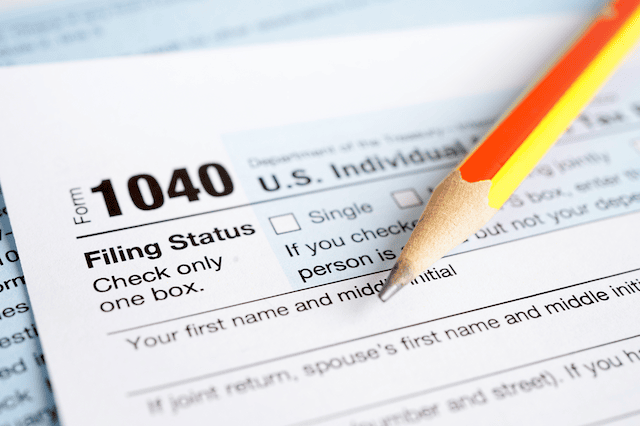
If a dependent child only has unearned income from interest and/or dividends (including capital gain distributions and Alaska Permanent Fund dividends), that income can be reported on a parent’s tax return if certain other conditions are met. In that case, the kiddie tax rules don’t apply, and the child doesn’t have to complete Form 8615 or file his or her own tax return.
Parents electing this option must file Form 8814 with their federal return.
For more information on this option, see Does My Child Have to File a Tax Return?
Related: What Tax Bracket Are You In?
Net Investment Income Tax

In addition to paying the kiddie tax, a child with unearned income might also have to pay what’s called the net investment income tax. This 3.8% surtax is imposed on your “net investment income” if your modified adjusted gross income exceeds a certain amount.
Among other things, your net investment income generally includes interest, dividend income, capital gains, rental and royalty income, and non-qualified annuities. It doesn’t include wages, unemployment compensation, Social Security benefits, alimony, and most self-employment income.
The income thresholds, which are based on your filing status, are as follows.
| Filing Status | Modified AGI Threshold |
|---|---|
| Single; Head of Household | $200,000 |
| Married Filing Separately | $125,000 |
| Married Filing Jointly; Surviving Spouse | $250,000 |
Use Form 8960 to calculate the 3.8% tax.
Featured Financial Products
Related: Capital Gains Tax: What Is It, Rates, Home Sales + More
Avoid the Kiddie Tax Rule with Tax-Free Investments

One of the best ways to avoid the kiddie tax rule is to put money for a child in a tax-advantaged account—such as a 529 plan or IRA—instead of a traditional custodial account (e.g., a UTMA account).
You can set up a 529 account or IRA as a custodial account. However, unlike other custodial accounts, 529 plans and IRAs don’t trigger the kiddie tax. That’s because they don’t generate unearned income for the child as money in the account grows. Instead, funds grow tax-free in 529 plans and IRAs.
Plus, assuming all requirements are met, funds withdrawn from these accounts are also tax-free. That’s truly a win-win from a tax perspective.
Related:




